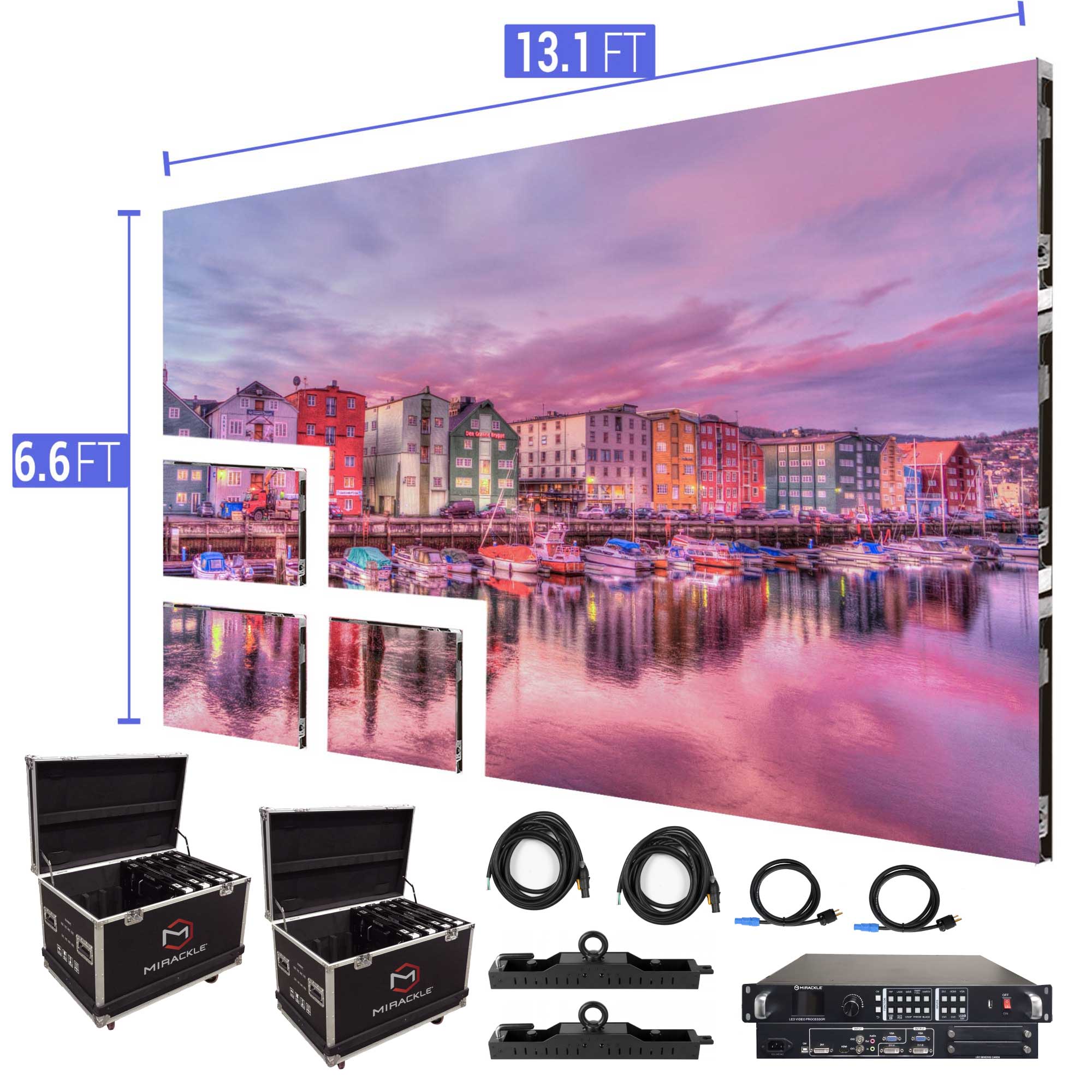A Thorough Comparison of Different LED Display Wall Techniques and Their Uses
A Thorough Comparison of Different LED Display Wall Techniques and Their Uses
Blog Article
Light Emitting Diode display walls are increasingly common in different settings, such as concerts, sports events, and corporate meetings. These large big displays are made up of numerous small LED panels which function collectively to form a single unified visual. Various multiple kinds of LED display screen solutions available, every with its unique features as well as advantages. Understanding these technologies technologies can help businesses as well as entities choose the right option for their particular requirements.
A frequent type of LED display wall technology is the directly viewed LED. This solution uses separate Light Emitting Diode units that are placed near together to form a big display. Direct view LED screens are recognized for their high brightness as well as lively hues, making them ideal for external activities or brightly illuminated settings. They also have a wide sight perspective, which means that viewers can view the display distinctly at various positions. This renders directly viewed LED walls a popular option for stadiums and external festivals.
Another type of LED video wall solution is the LED illuminated LCD. This technology merges conventional LCD screens with Light Emitting Diode illumination to enhance brightness as well as hue accuracy. LED-backlit LCDs are often utilized in indoor settings, including shopping centers as well as meeting rooms. They provide excellent image clarity while are typically more affordable than direct view Light Emitting Diode walls. However, they may often function as well in bright environments, since the illumination can occasionally dull the colors.
A third choice is the OLED video wall. OLED solution offers exceptional differentiation as well as Related Site hue richness compared to other kinds of screens. Every pixel in an Organic Light Emitting Diode display emits its own light, allowing for true blacks and vibrant colors. This makes OLED video screens particularly appealing for applications that require high-quality visuals, such as art galleries or high-end retail stores. However, Organic Light Emitting Diode technology can be more expensive and may not be as bright as direct view LED walls, making it less suitable for outdoor use.
In addition to these options, various additionally various applications for Light Emitting Diode display walls. They can be utilized for promotion, entertainment, and data presentation. For example, businesses often use Light Emitting Diode video screens for electronic signage to attract clients as well as promote goods. Within entertainment, these displays enhance the sight encounter at concerts as well as gatherings, providing dynamic backdrops and engaging images. In corporate environments, LED video screens can be used for presentations, video meetings, and educational programs, aiding to communicate information in a visually attractive manner.
In conclusion, LED video screens are available in different technologies, every having its own benefits as well as applications. Directly viewed LED walls are ideal for outdoor applications, whereas LED-backlit Liquid Crystal Displays are more appropriate for interior environments. OLED display walls offer superior visual quality yet may come at a greater price. Understanding the differences differences can help entities make knowledgeable decisions about which kind of Light Emitting Diode display wall most satisfies their requirements, whether for promotion, amusement, or business use.